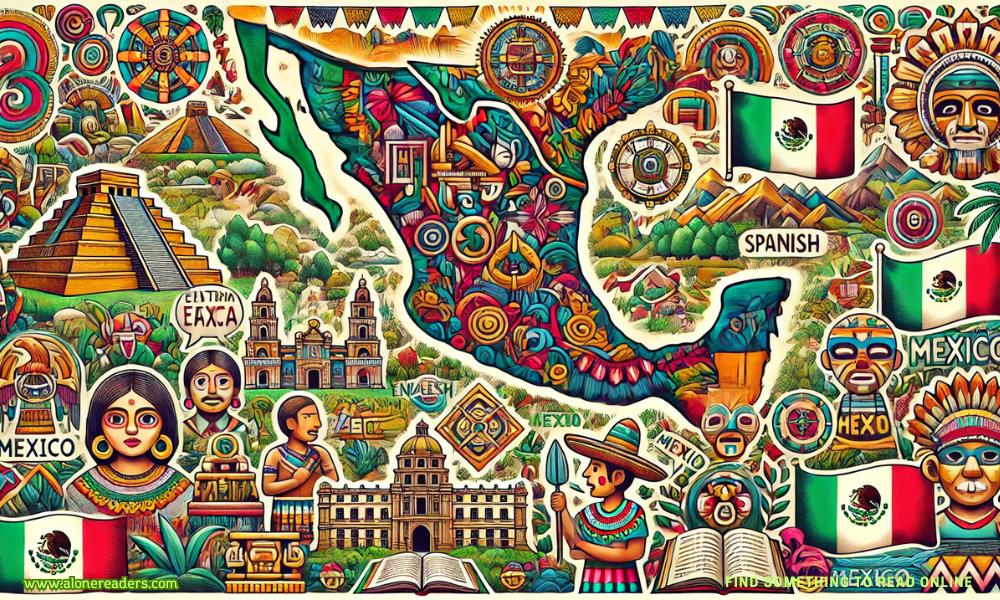
Mexico is a country rich in cultural and linguistic diversity. It is home to 69 officially recognized national languages, with Spanish being the most widely spoken and the only non-indigenous language among them. The remaining 68 languages are indigenous, representing a deep-rooted history of native civilizations that have thrived for centuries. This linguistic wealth is a testament to Mexico’s complex heritage, shaped by the interactions between indigenous cultures and European influences.
Spanish was introduced to Mexico in the early 16th century with the arrival of Spanish conquistadors. Over time, it became the dominant language, largely due to colonization, government policies, and economic development. Today, Spanish is spoken by the vast majority of Mexicans and serves as the primary language for communication, education, and government affairs. However, the indigenous languages have not disappeared. Many communities across the country continue to speak their ancestral tongues, preserving traditions and cultural identities that date back thousands of years.
The 68 indigenous languages spoken in Mexico belong to various linguistic families. Among the most widely spoken are Nahuatl, Maya, Mixtec, Zapotec, Otomi, and Tzeltal. Nahuatl, the language of the Aztecs, has had a significant impact on the Spanish spoken in Mexico, contributing many words to the national vocabulary. Similarly, Maya, spoken mainly in the Yucatán Peninsula, remains an important linguistic and cultural element in the region. These languages are not dialects but distinct languages, each with unique grammar, vocabulary, and pronunciation. Some of them have multiple dialectical variations, making Mexico one of the most linguistically complex nations in the world.
Despite their historical importance, many indigenous languages in Mexico are at risk of disappearing. Factors such as urbanization, migration, and the dominance of Spanish in education and media have led to a decline in the number of native speakers. According to linguistic studies, some indigenous languages have fewer than a thousand speakers, making them highly endangered. Efforts have been made to promote and revitalize these languages, with organizations and government initiatives working to integrate them into education and cultural programs. The Mexican Constitution recognizes the country as a multilingual nation, granting indigenous languages the same legal status as Spanish.
The Mexican government has implemented various programs to preserve and revitalize indigenous languages. The National Institute of Indigenous Languages (INALI) plays a crucial role in documenting, studying, and promoting native tongues. Educational programs in indigenous communities encourage bilingual education, allowing children to learn in both Spanish and their native language. This not only helps preserve linguistic heritage but also strengthens cultural identity among younger generations. Additionally, digital media and technology are being used to create resources such as online dictionaries, language-learning apps, and audiovisual content to support language preservation efforts.
Linguistic diversity in Mexico is closely tied to its rich cultural traditions. Many indigenous languages are deeply connected to rituals, music, and oral storytelling, which have been passed down for generations. These languages serve as a medium for expressing myths, histories, and beliefs that define the identity of indigenous communities. Festivals, ceremonies, and art forms such as traditional weaving and pottery often incorporate linguistic elements that reflect the worldview and spirituality of these cultures. By preserving indigenous languages, Mexico also safeguards its unique cultural heritage.
The recognition of indigenous languages has also influenced Mexican literature, music, and cinema. Writers and poets from indigenous backgrounds have gained prominence, using their native languages to express themes of identity, resistance, and cultural pride. Some artists blend Spanish with indigenous languages in music and poetry, creating a fusion that reflects the multicultural essence of Mexico. Filmmakers have also embraced indigenous languages, producing movies that bring attention to the struggles and resilience of native communities. This cultural representation helps raise awareness and appreciation for Mexico’s linguistic diversity.
Although Spanish remains the dominant language, the presence of 68 indigenous languages highlights the country’s multilingual nature. Bilingualism and multilingualism are common in certain regions, where indigenous people speak both their native language and Spanish fluently. Some areas even have trilingual speakers who use Spanish, an indigenous language, and a regional dialect of another indigenous tongue. This dynamic linguistic landscape demonstrates the adaptability and richness of Mexico’s cultural identity.
Language preservation is not just about maintaining words and grammar; it is about protecting the traditions, knowledge, and history embedded within them. When a language disappears, an entire worldview is lost, along with the wisdom and stories of its people. Mexico’s efforts to sustain its indigenous languages are essential for maintaining its cultural diversity and honoring the contributions of native communities. The continuation of these languages ensures that future generations can connect with their heritage and celebrate the diversity that makes Mexico unique.